Appalachia: The bones of the dead are abandoned
Is this what America is going to do now when we have disasters? Bring in the bulldozers and the flame throwers? Light the trash and debris pyres, and once down to ashes, cover up and forget?
“Outbreaks and natural disasters have shown that mismanagement of the dead can show distrust and undermine public health efforts to contain diseases and can also contribute to long-term trauma for survivors when the bodies of loved ones are not considered to have been treated with respect.”
Ethical and sociocultural challenges in managing dead bodies during epidemics and natural disasters
[Please click on the headline to read this complete article in Substack]
It does not take a public health study to tell us that disrespecting the remains of those lost in a storm or other disaster leads to grave distress among survivors. Respectful handling of the dead goes back into the misty records of human prehistory.
Yet, suddenly, these most fundamental, core traditions of human culture—how the dead are treated and disposed of—are being completely ignored by American federal and state agencies in southeastern Appalachia where more than 30 communities and an uncounted number of inhabitants have been wiped out by Hurricane Helene. Twenty-five North Carolina counties and the Eastern Band of Cherokee Indians have been identified for Federal major disaster declaration—this approaches one third of the state of North Carolina. Tennessee, too, has been massively impacted by that storm.
FEMA Disaster Declaration of 10.15.2024
The surviving residents of Western North Carolina and volunteers are struggling to locate their missing and dead family members and neighbors, often last seen as they or their houses were swept away in a record-high tide of water or mud and debris. Since the early hours and days after Hurricane Helene hit the mountains of southern Appalachia, there have been eyewitness reports on social media of bodies hung up in trees, tangled in brush piles, buried in mountains of muck and uprooted trees, crumpled vehicles, smashed buildings and a toxic mix of chemicals, and sewage. Residents often don’t hear about toxic releases until much time has passed, leading to chemical burns, asthma and other toxic exposure-related illnesses.
Volunteer Search and Rescue teams with trained cadaver dogs are still doing body recovery; they see the desperate need. United Cajun Navy and Mercury 1 Charity are two of the organized charities doing search and rescue and air drops for those whose entire lives have literally been washed away as evidenced by 911 recordings just released on the 19th of November.
Official search and rescue crews and cadaver dogs attached to FEMA or arranged through state agencies are no longer on site. Recovery—locating and cataloging the bodies and body parts of the dead--seems to have been phased out by authorities. Cadaver dogs are still needed for identification of remains as there are still hundreds or thousands of people still missing.
Civilians on social media report that they are being told some areas and towns are being condemned. The mountains of debris, piles of mud, torn up bridges and roads, will be demolished and the debris and brush piles will be burned.
Brush pile, North Carolina after Helene, Shutterstock
A boots on the ground report out of Tennessee says a volunteer Search and Recovery (SAR) team canvassed a large, demolished brush pile area, tagging all the locations where their cadaver dogs got a hit, indicating that excavation and body recovery was needed. But before recovery could begin the property was bought up by a railroad company and the land was bulldozed, land flattened, and the brush piles burned. “None of those bodies were actually recovered or documented and none of them will receive a proper burial.”
Local citizens are distraught. An individual volunteer doing recovery searches along the riverbank declared sadly:
“We need scientists, we need data analysts, we need anthropologists, we need archaeologists, we need skilled forensics analysts, we need teams out here. Not just teams to come dig and remove and burn.”
Speaking of that Railroad Company Buying Up Property
In our research the report from a Western North Carolina citizen that a railroad had bought up land raised our interest—this was the first we’d heard about railroad involvement, but it didn’t take long to find connections.
Railroad in mountains at sunset in autumn, Shutterstock
The Asheville.com news reported Nov. 4, 2024, that the North Carolina railroad Company has obtained $105.6 million for “Transformational Rail Improvements.” Those funds came from the federal government through the US Department of Transportation’s Consolidated Rail Infrastructure and Safety Improvement Program (CRISI). The paper stated that “construction is slated to begin in 2025, following the design and environmental permitting phases.” The report declared:
The $105.6 million investment, combined with contributions from NCRR [North Carolina Railroad Company], the North Carolina Department of Transportation (NCDOT), and Norfolk Southern (NS), brings the total project funding to $170 million. The project is expected to deliver $214.49 million in public benefits including substantial economic growth, safety enhancements, and environmental improvements.
“Continued investment in passenger and commercial rail is good for our communities and economy across North Carolina,” said Governor Cooper. “We are working together to make historic investments moving people and goods faster and safer and I appreciate the Biden-Harris Administration and our federal delegation for their work securing this monumental investment.”
“This is an extraordinary moment for North Carolina’s rail network,” said NCRR President and CEO Carl Warren. “Improved freight and passenger rail services will accommodate one of the fastest-growing regions in the country and will enable a new era of rail capacity in North Carolina. Thanks to the support of Governor Roy Cooper, Senators Thom Tillis and Ted Budd, our bipartisan congressional delegation, and rail partners, we are positioned to modernize our rail system, improving the safe and efficient movement of both passengers and freight. This is a significant win for the entire state.”
The federal government and the State Government of North Carolina both have conflicts of interests in vigorously assisting and protecting the citizens of hurricane-damaged Western North Carolina and seizing the opportunity to finalize the land purchases needed to move these massive federal/state infrastructure projects forward. As is too often the case, the interests of citizens and small business are no match for big government and big business.
These governmental agencies need to be reminded that "A conflict of interest is a set of circumstances that creates a risk that professional judgement or actions regarding a primary interest will be unduly influenced by a secondary interest."
9/11 Was Old School Recovery and Memorialization
What happened after 9/11? Rescue and recovery after the towers came down on September 11, 2001, took nine months. Teams and crews of construction and heavy equipment operators, excavators, and specialists of all sorts came together with a small army of highly trained scientists and technicians intent on locating and identifying every scrap of human belongings and especially human bone or other object that could further inform families of what had happened with their loved ones.
Surviving family members had their DNA taken and recorded for comparison against found remains, aiding in recovery. There was an air of somber respect that pervaded the process, including the attention of the press. The New York Times ran an edition with the names, photographs and short biographies of every 9/11 victim—almost 3,000 souls. Nine months…. An army of specialists. To this day, there is an annual memorial ceremony amid great solemnity in New York City.
Firefighters from around the world attended on the 10TH anniversary of 9/11, Shutterstock
NEW YORK OCT 12: visitor inside 911 memorial museum outlook in New York on 12 October 2016. it commemorates the September 11, 2001 attacks, Shutterstock
Western North Carolina
One quarter, approximately 25% of the region of Western North Carolina, are national or state forests. The area consists of 16 counties spread through the highest mountains in the Eastern United states. The region is deeply rural and breathtakingly beautiful. Total population in 2018 was approximately 800,000. With the bridge and road infrastructure destroyed this region is some of the most rugged and inaccessible land in the country.
The Appalachian Mountains run right up along the Eastern part of the United States, like a spine. This mountain range is older than any other mountain range in the country. Core rocks in the heart of the Appalachian Mountains were formed more than a billion years ago when all the continents of the earth were one land mass. The North American earth core, including deposits deep in the North Carolina Appalachian Mountains contain minerals over a billion years old. This geography helps to explain mining interests in the region. Our recent Substack column “Appalachia: Murder always happens for a reason” examines information about the precious metals that may be extracted from the region that are considered essential to national security and that have a growing value.
From “Birth of the Mountains” USGS
Mount Mitchell in Western North Carolina is the highest mountain peak in the Appalachian Mountains and also the highest peak east of the Mississippi River. The Pisgah National Forest and the Mount Mitchell State Park protect it. Many of the communities surrounding this particular region were among the most devastated in the hurricane and flooding aftermath.
We Were Warned We Would Need to Change Our Traditions
We were warned that we were going to have to change our traditions, our history, by Michelle Obama when she was campaigning for her husband before he became president. We imagined we might be forced to abandon Christmas or the Fourth of July celebrations. But none of us imagined this might include ignoring all cultural practices concerning the respect and acknowledgement given to our dead and surviving family members of those lost to tragedy.
An early event that featured forced change of our traditions regarding handling our dead occurred during COVID lockdown in 2020. We were ordered into our homes, separated, isolated, and told we could not accompany sick family members into the hospital. Then we were ordered not to have funerals for the dead. We were presented with photographs of trenches, supposedly on Hart Island next to New York City for mass burial and of trailer trucks filled with cadavers in body bags who had died in hospitals. We were told then to abandon Christmas and Fourth of July celebrations. But after a time, society opened up, visits to our sick in hospitals, formal funerals, and respectful burials were reinstituted. Families began to gather again. Shell-shocked and traumatized, we looked forward, and time passed.
Then in 2023, the town of Lahaina on the Hawaiian Island of Maui was incinerated literally to dust in what was called a wildfire. The acreage of ash was hidden behind solid fencing and guarded, with no witnesses or even drones allowed to view what was happening to the debris. The ash and dust and debris included dust and other matter from the burned bodies of hundreds of victims. A number of us on Substack including here, here, and here have worked to keep the memory of Lahaina alive, but time passes… Meanwhile there has been no national memorial, no ceremony, no closure and no full accounting of lives lost that day, including hundreds of children.
The Dead Await Discovery
In Western North Carolina, families and local volunteers have continued to search for remains of the dead. Cadaver dogs have been hired by private families in some cases. The bones that are being found need to be scientifically examined and identified. When Hurricane Helene hit, wildlife, domestic animals, and the humans who lived or were vacationing or visiting the region were swept away. There are many disagreements with formal death counts, contesting that the loss of life is much worse—into the thousands.
Again, time is passing. The focus of the nation is gradually sliding away to other events, other crises. No accounting, no closure, no collective moment of silence by a nation out of respect for loss of hundreds or thousands of American lives in a once-in-a-century disaster.
Is this what America is going to do now when we have disasters? Bring in the bulldozers and the flame throwers? Light the trash and debris pyres, and once down to ashes, cover up and forget? Turn the page, turn our backs, throw a little cash at the survivors and make big plans for the newly cleared land. And then let time pass, yet again.
The worst of the worst tyrannical empires deliberately and methodically disrespect the dead. Empires from Atilla the Hun, Vlad the Impaler, and the Roman Empire terrorized their citizens and conquered peoples through grotesque and terrifying executions by impaling, crucifying and more.
An alert subscriber brought to our attention the contemporary example of disrespect for the dead in the “Real Bodies’ exhibit shown in Birmingham, United Kingdom in 2020. The images are too awful to reproduce here. As reported in The Art Newspaper:
Speaking in the House of Lords on 12 January, Lord Alton of Liverpool said that the cadavers used in an international touring show called Real Bodies, which was seen at the National Exhibition Centre in Birmingham in 2018, “were probably people who had been executed” in China.
The bodies on display were stripped of their skin, dissected to show a part of their internal anatomy and then infused with plastic, which gradually hardened, a process known as plastination.
They were obtained from a firm in Dalian, China which has used corpses acquired from the Chinese police, according to a previous investigation by the New York Attorney General’s Office.
In the art world, where provenance is essential to ascertaining value of an object, it is shocking that the living humans whose bodies were used for exhibition were not identified and that there was no documentation that the subjects had provided consent for the use of their bodies in this manner.
American Dead Deserve Respect
The dead and their families deserve more. Culture and civilization go together. Destroy cultural traditions and civil behavior—the result of civilization, deteriorates.
The dead and families of North Carolina and other regions destroyed by hurricane Helene deserve more, and America deserves more in order to preserve our civilization. The dead and their families deserve to be treated with the same respect and closure that Western Civilization has provided to its members for a millennium.
May God rest the souls of the dead and comfort the hearts of the living.
Primary author: Ginger Ross Breggin
American Red States are Under Globalist Attack
Find us at X— formerly known as Twitter: @GingerBreggin @AmericanMD
Find us at our website: www.Breggin.com
Find us at www.AmericaOutLoud.news
Find us on Substack at: Breggin Alerts! Exposing Global Predators




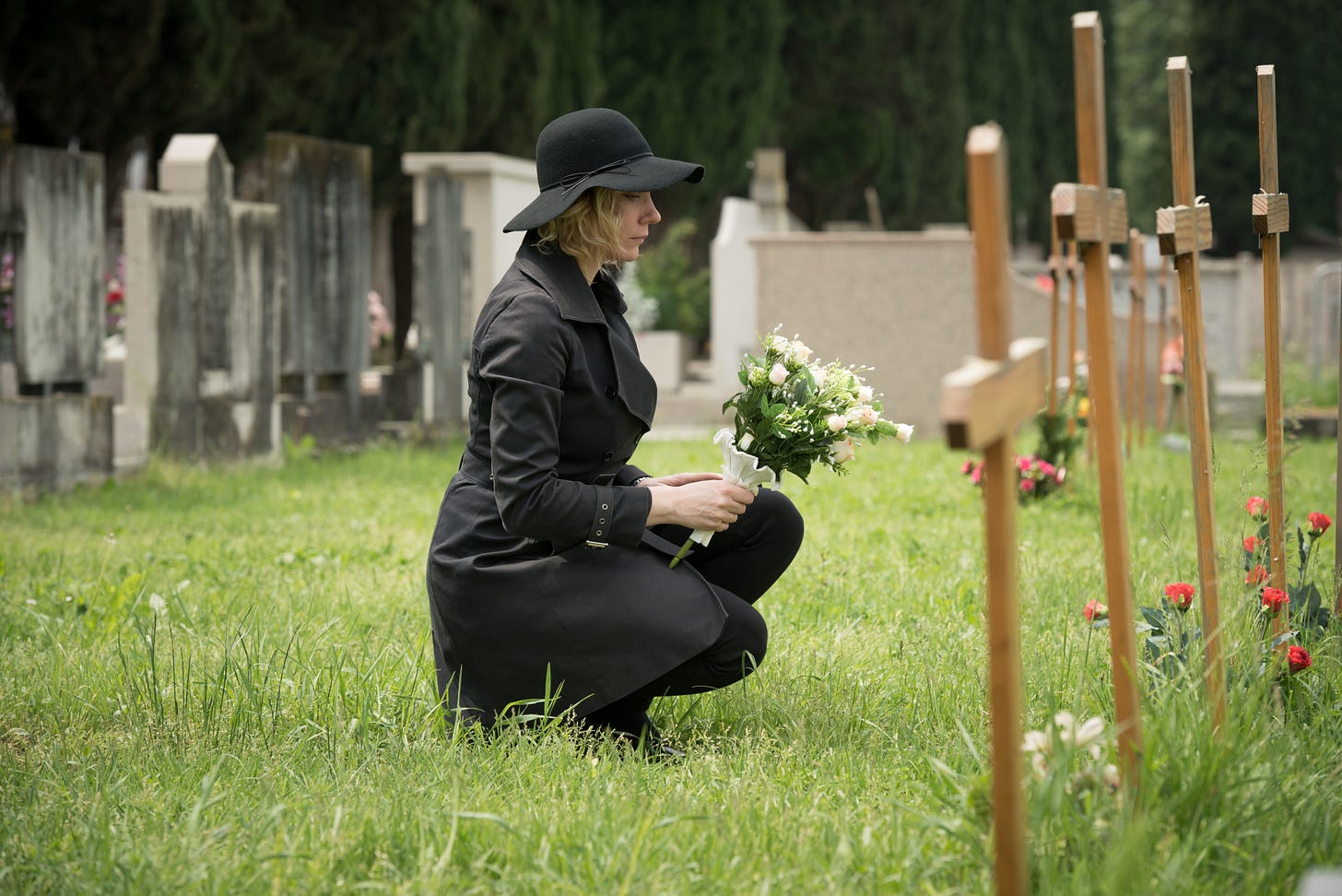
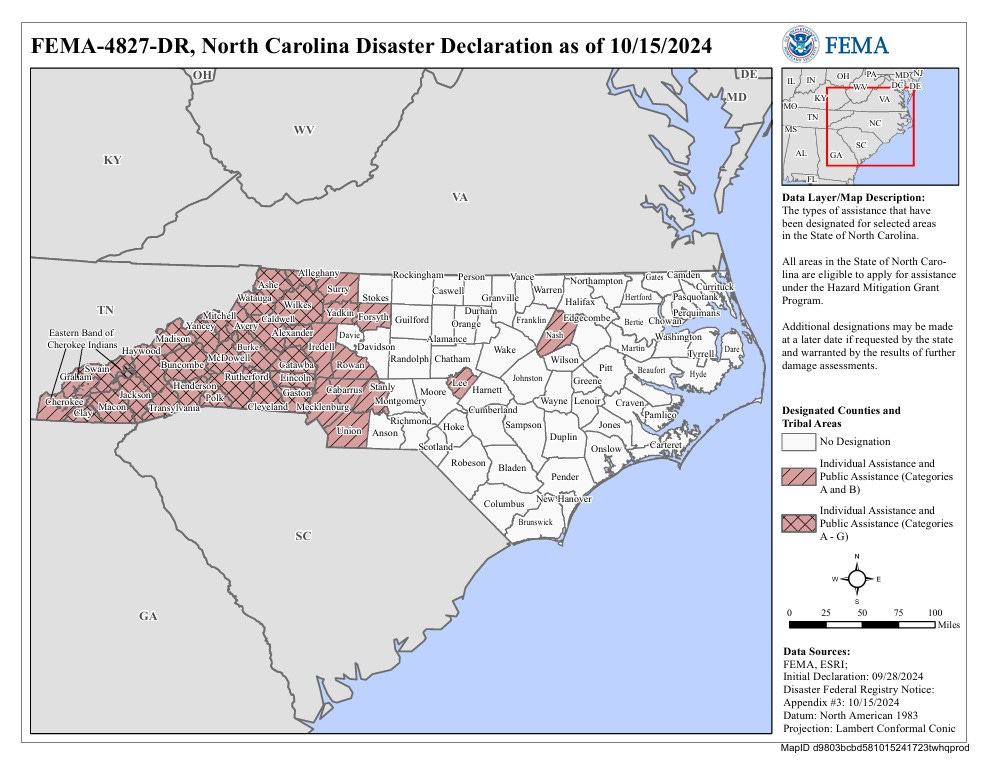
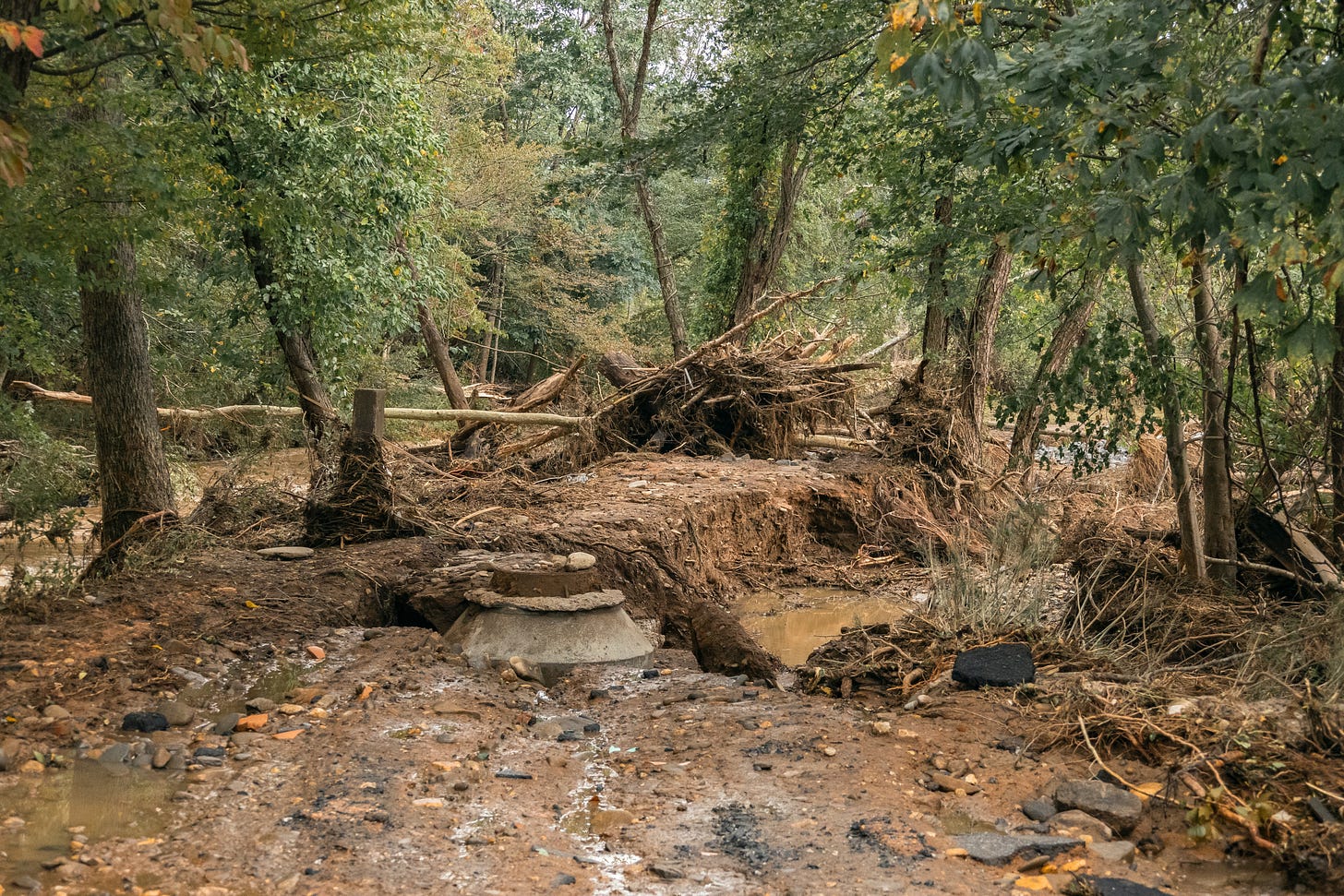
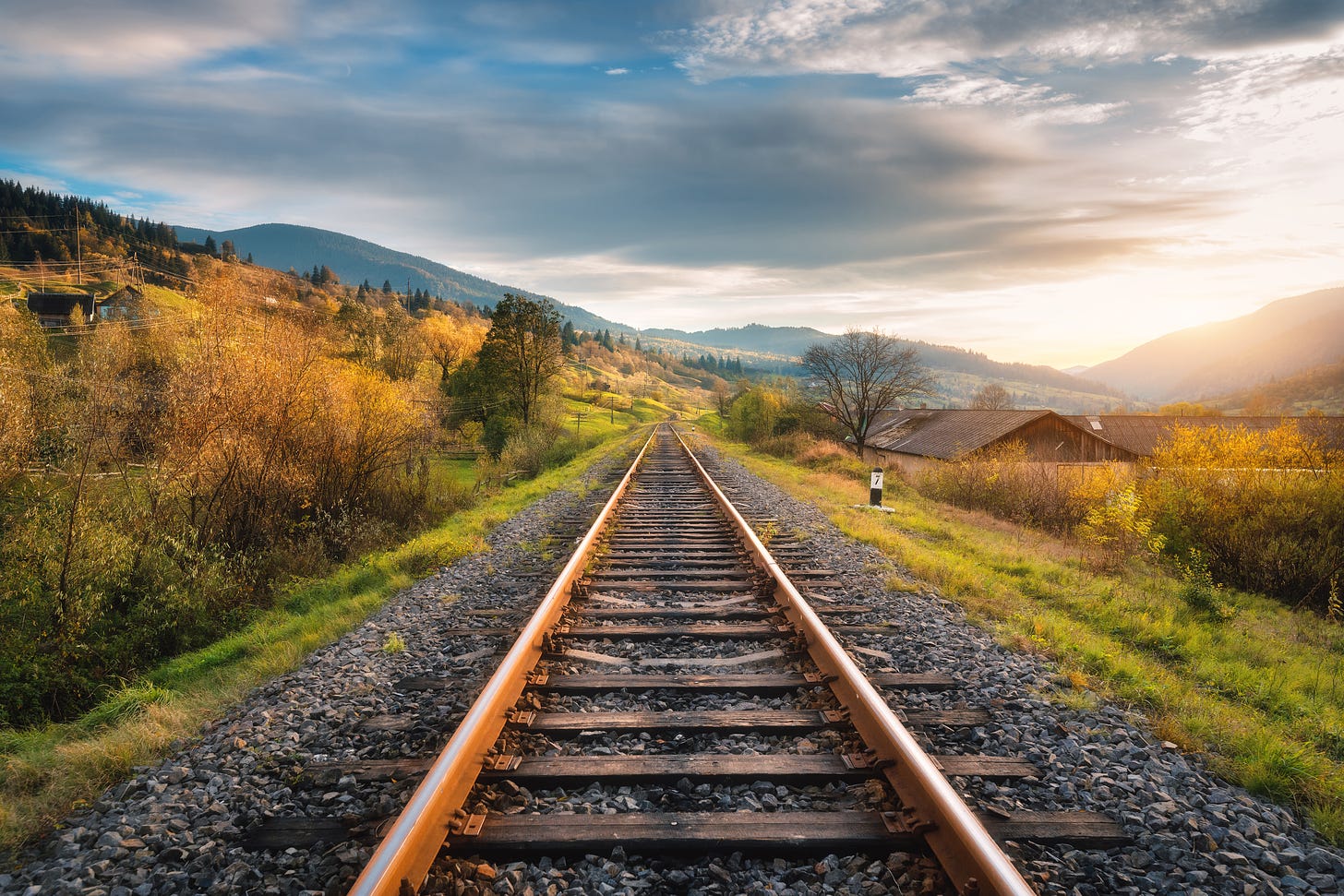
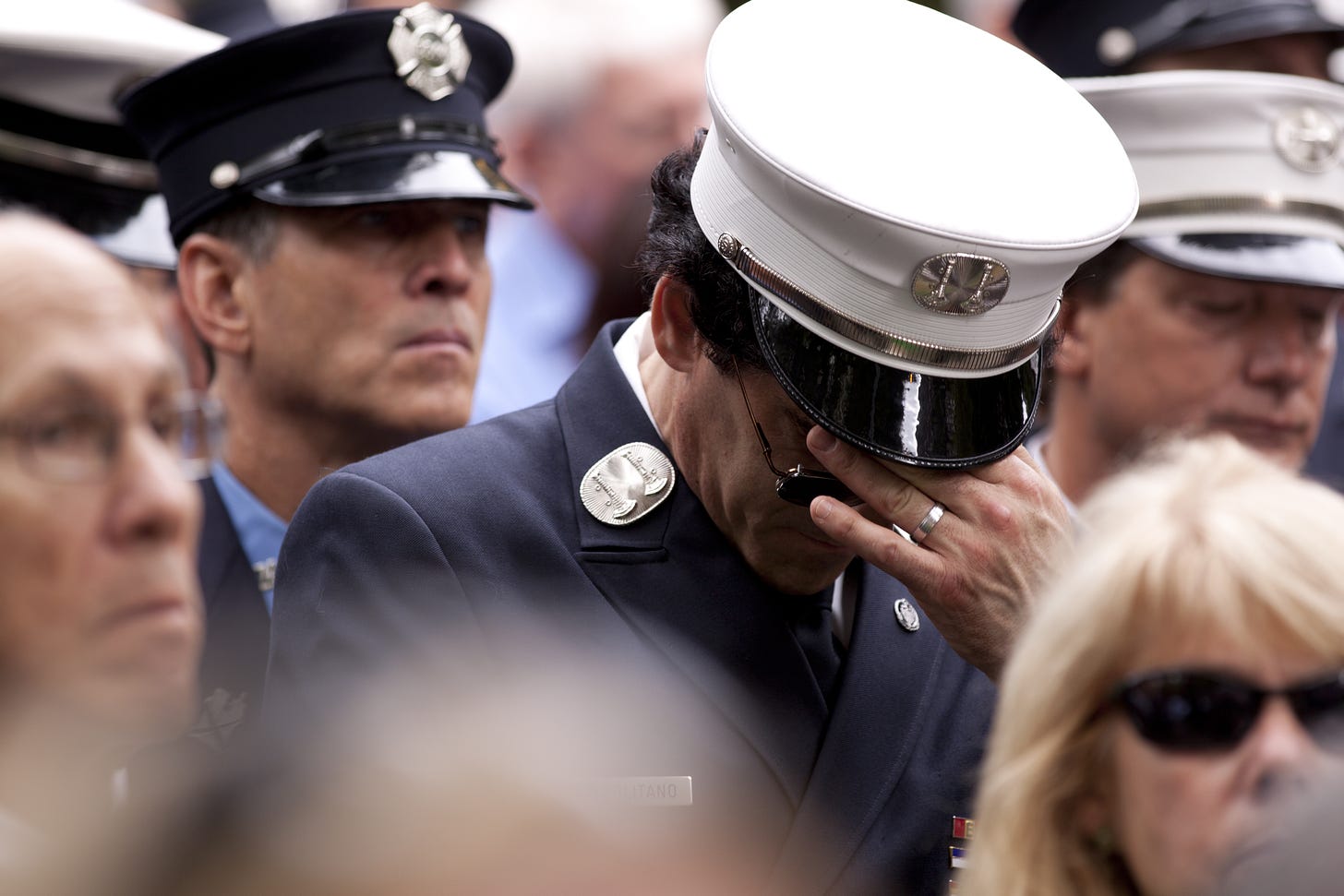
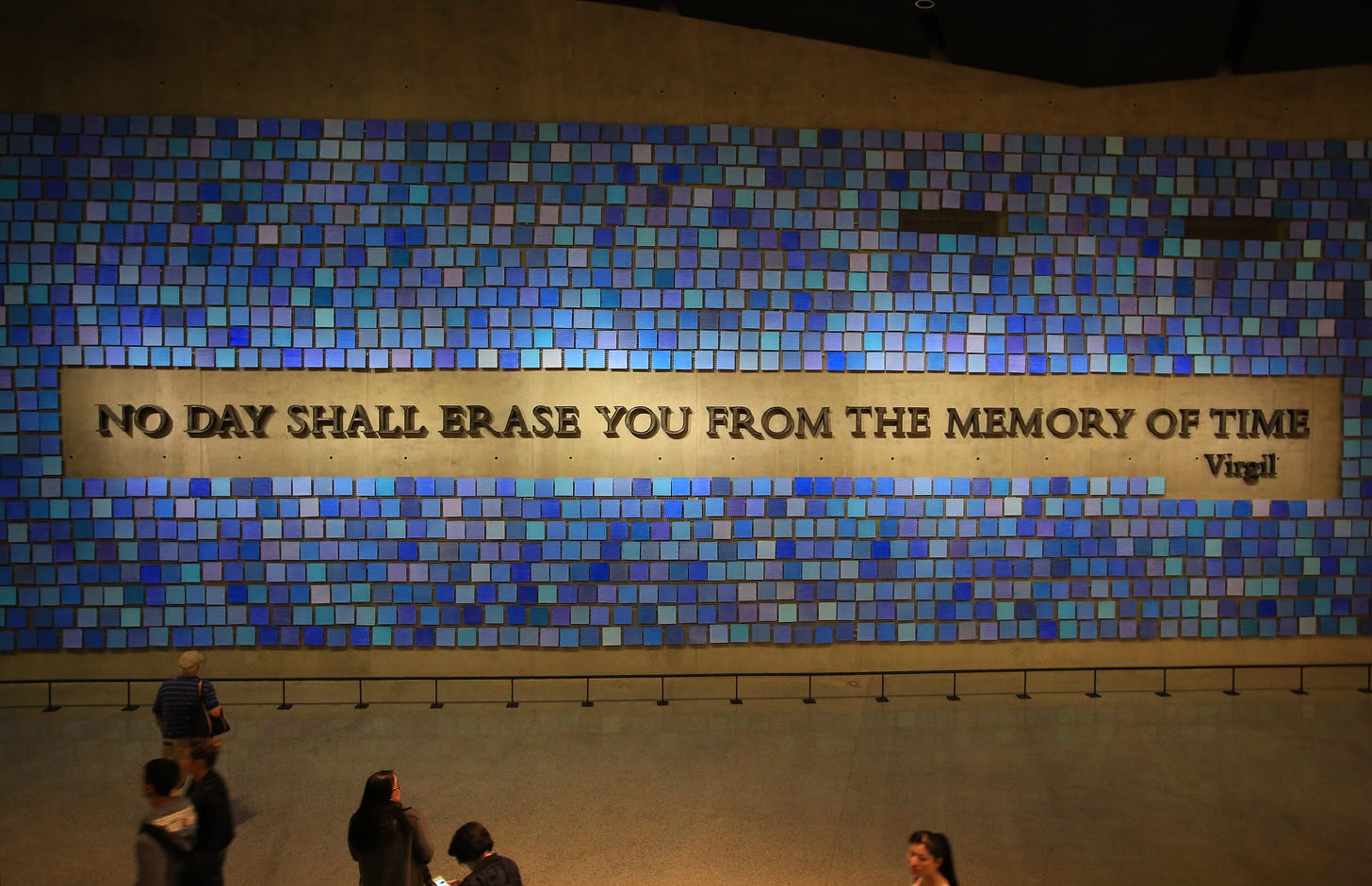
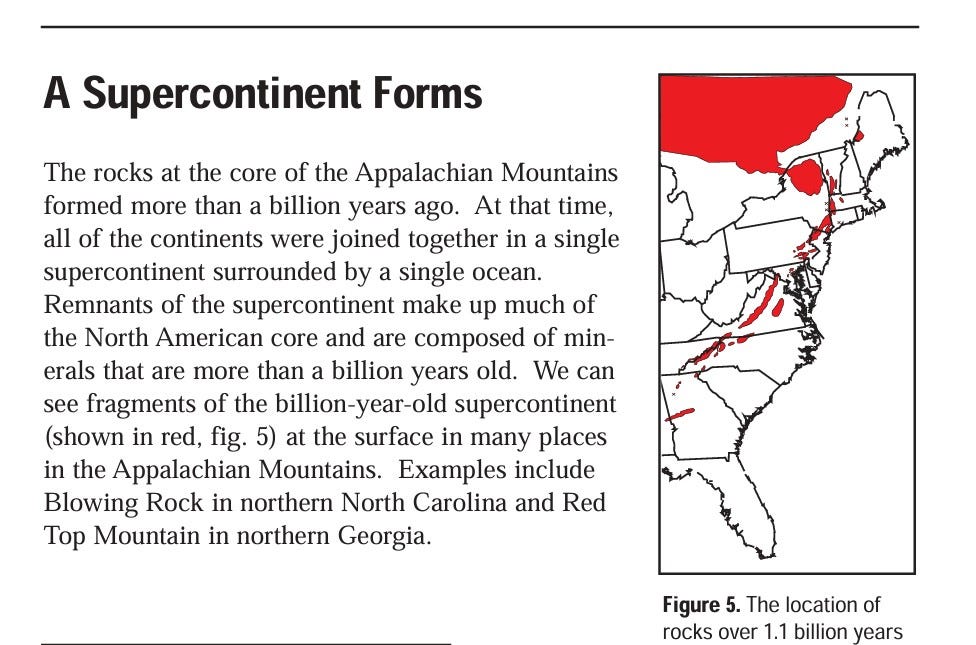
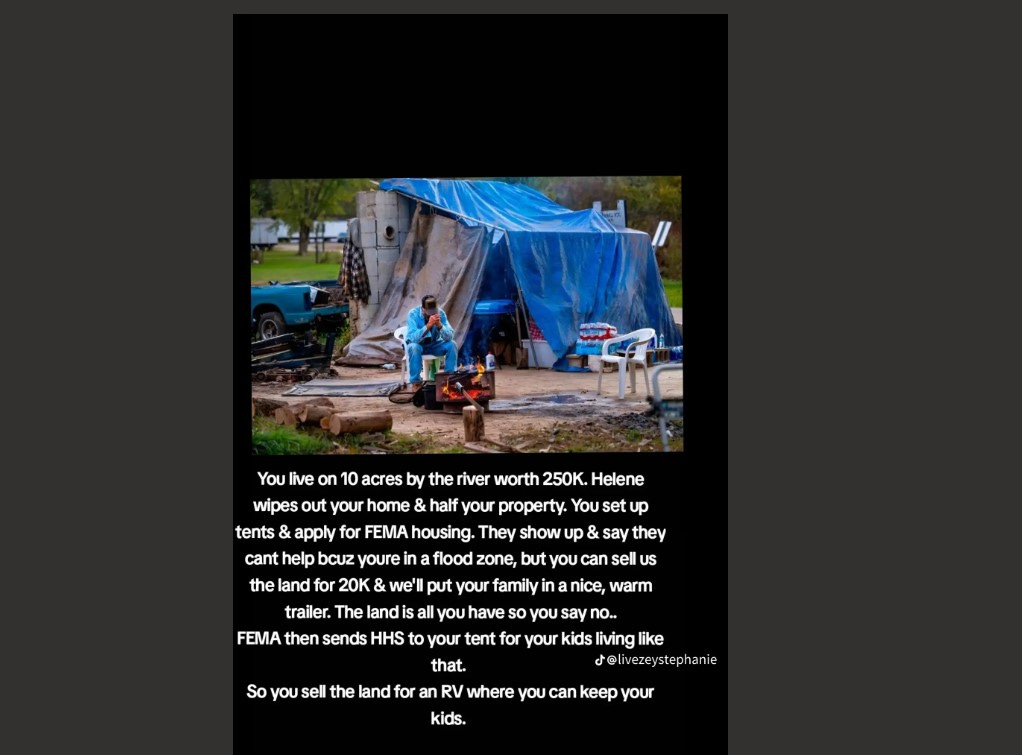
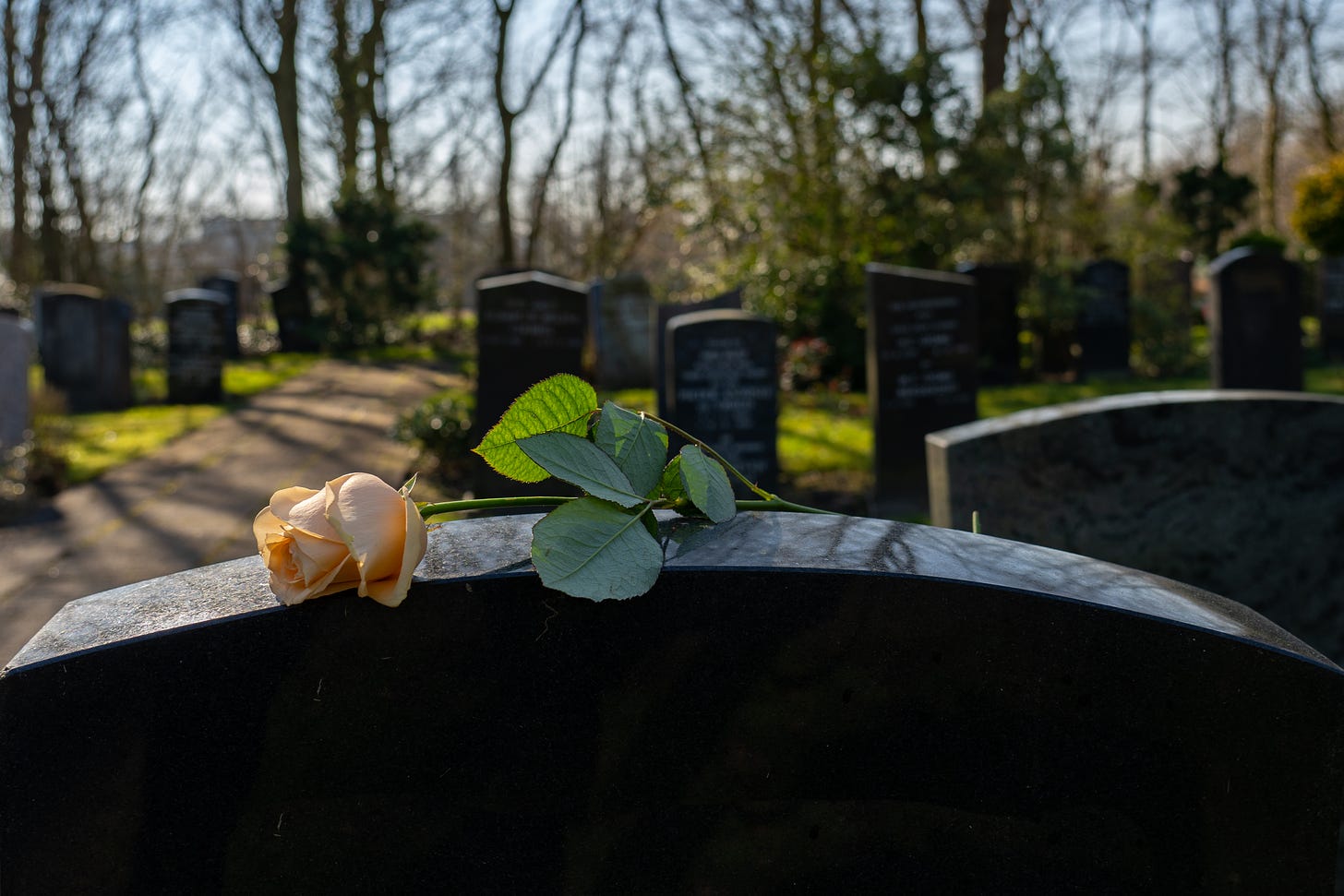
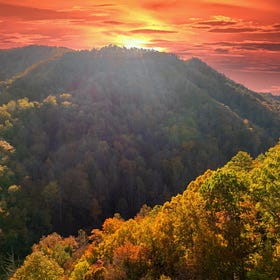
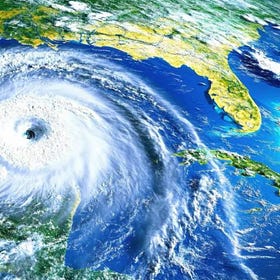
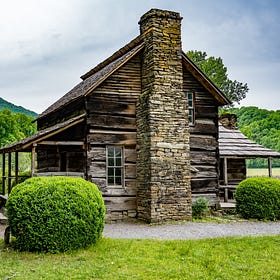

https://forbiddennews.substack.com/p/operation-mountain-relief-mayday
Donations desperately needed for families still forced to live in tents because shelters have been closing.
There is disrespecting the Dead and Covering Up a Crime against Humanity. I lean toward the later.